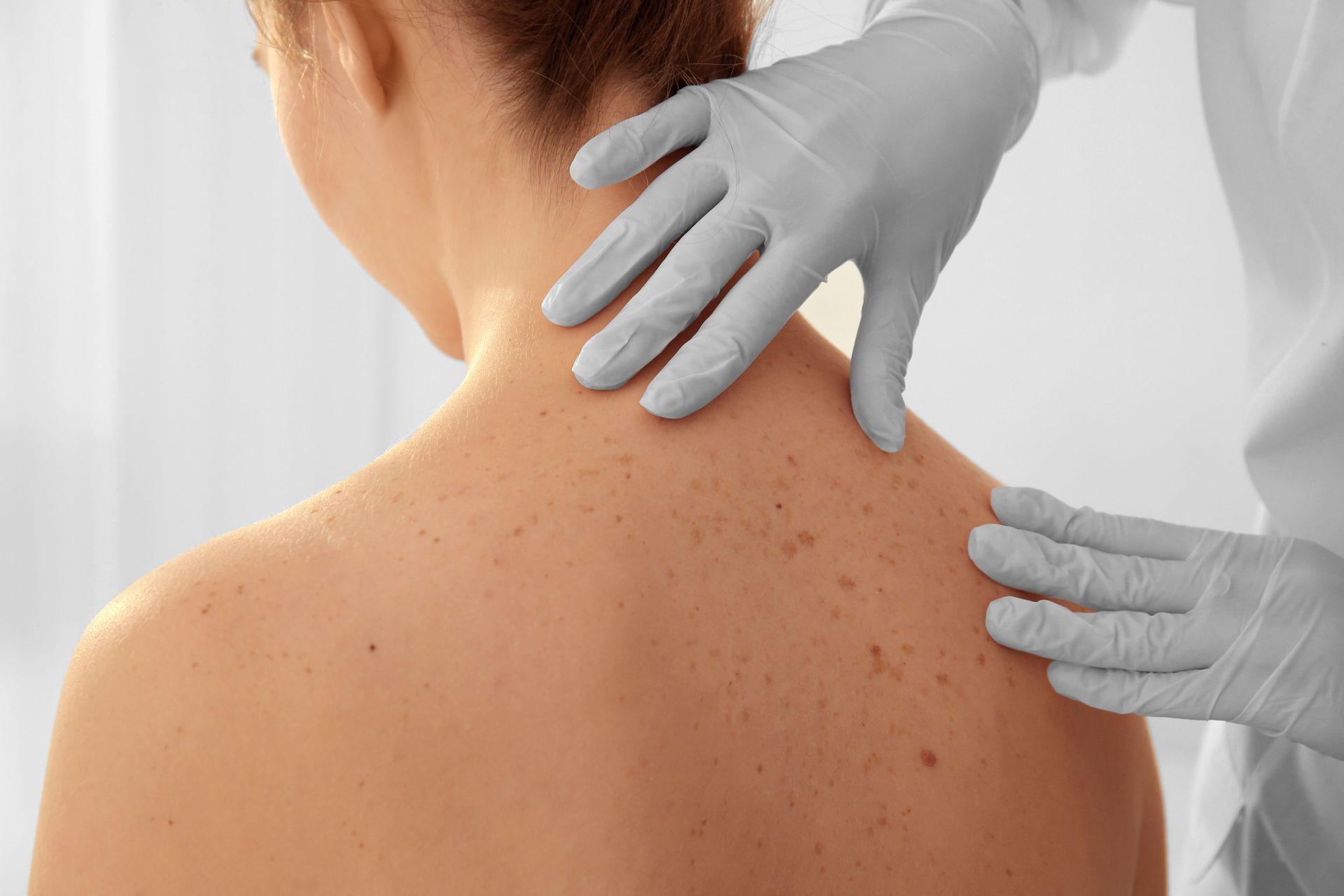Understanding Radiation Burns: How to Soothe and Protect Your Skin During Treatment
Tips for Managing Radiation-Induced Skin Irritation
Radiation therapy is a powerful tool in cancer treatment, but it often comes with side effects, including damage to the skin. Many patients experience redness, peeling, dryness, and even painful burns in the treated area. Proper skincare is essential to maintaining skin health and comfort throughout the treatment process.
What Causes Radiation Burns?
Radiation burns, also known as radiation dermatitis, occur when high-energy radiation damages the skin cells in the treated area. The severity can range from mild redness to open sores, depending on the dose, frequency, and individual skin sensitivity.
Common symptoms include:
- Redness and inflammation
- Dry, flaky, or peeling skin
- Itching or irritation
- Tenderness and soreness
- Blistering or ulceration in severe cases
How to Care for Radiation-Exposed Skin
1. Keep the Skin Clean and Moisturized
Gentle cleansing is key to preventing infection and further irritation. Use a mild, fragrance-free cleanser with lukewarm water, avoiding harsh scrubbing. After washing, pat the skin dry instead of rubbing.
Hydration is crucial—applying a soothing, oncology-safe moisturizer can help replenish the skin barrier. Kureology M.D. specializes in products designed specifically for sensitive and compromised skin, offering nourishing hydration without harmful additives.
2. Avoid Irritants and Friction
Radiation-treated skin is highly sensitive, so avoid anything that could cause further irritation, such as:
- Tight clothing that rubs against the area
- Perfumed lotions, deodorants, or harsh skincare ingredients like alcohol or exfoliants
- Hot showers or heating pads, which can further dry out the skin
3. Protect from Sun Exposure
The treated area will be more susceptible to sun damage, even after therapy is complete. Wear loose, protective clothing and apply a gentle, mineral-based sunscreen (SPF 30 or higher) to shield your skin from harmful UV rays.
4. Address Itching and Discomfort
If itching becomes bothersome, try applying a cooling gel or an aloe-based moisturizer. For more severe discomfort, consult your healthcare provider about safe, topical treatments to help soothe irritation.
5. Stay Hydrated and Maintain a Healthy Diet
Drinking plenty of water and consuming foods rich in vitamins A, C, and E can support skin repair from the inside out. Omega-3 fatty acids from foods like salmon or flaxseeds can also promote skin healing.
When to Seek Medical Attention
If you notice increased pain, swelling, blistering, or signs of infection (such as pus or fever), contact your doctor immediately. Severe reactions may require prescription creams or additional medical intervention.
Skincare Support for Radiation Patients
At Kureology M.D., we understand how challenging radiation side effects can be, and we are dedicated to providing supportive skincare solutions. We recommend oncology-friendly products designed to help soothe and protect compromised skin during and after treatment.
If you're undergoing radiation therapy and need personalized skincare recommendations,
reach out to Kureology M.D. for guidance on safe and effective skincare options.





Share On: